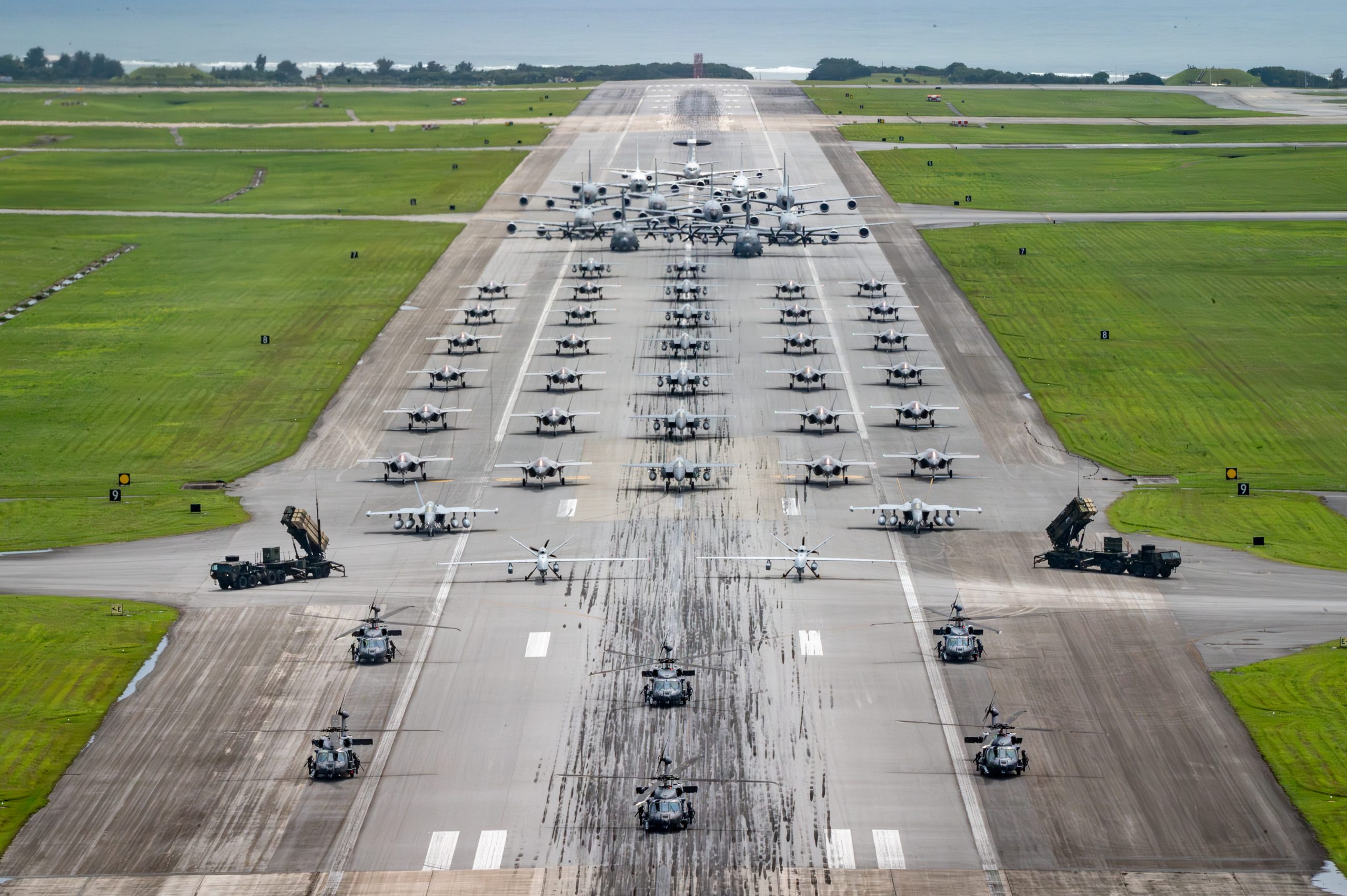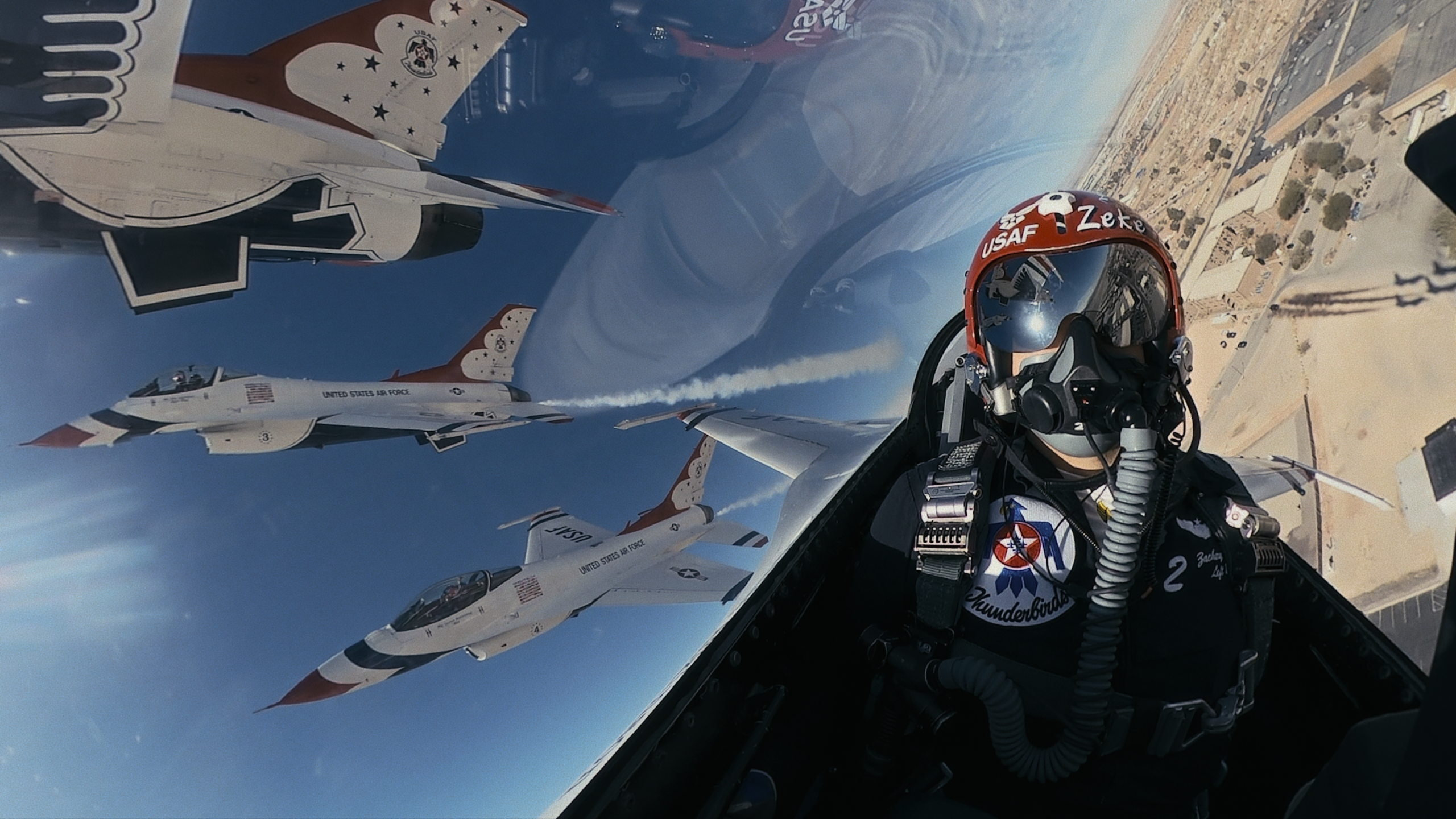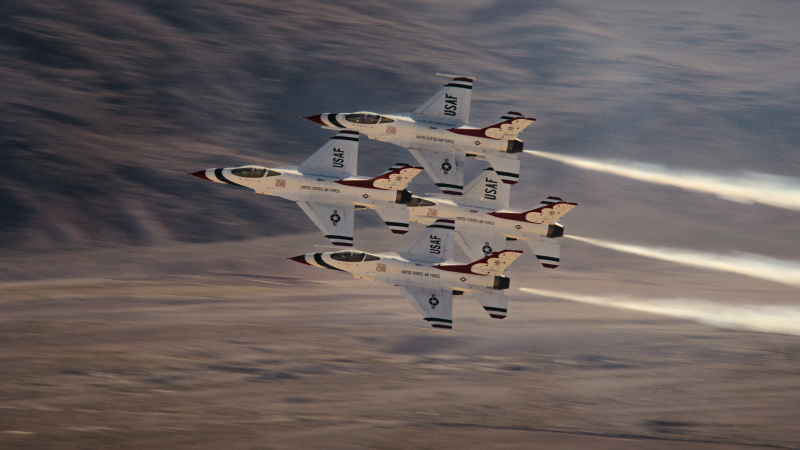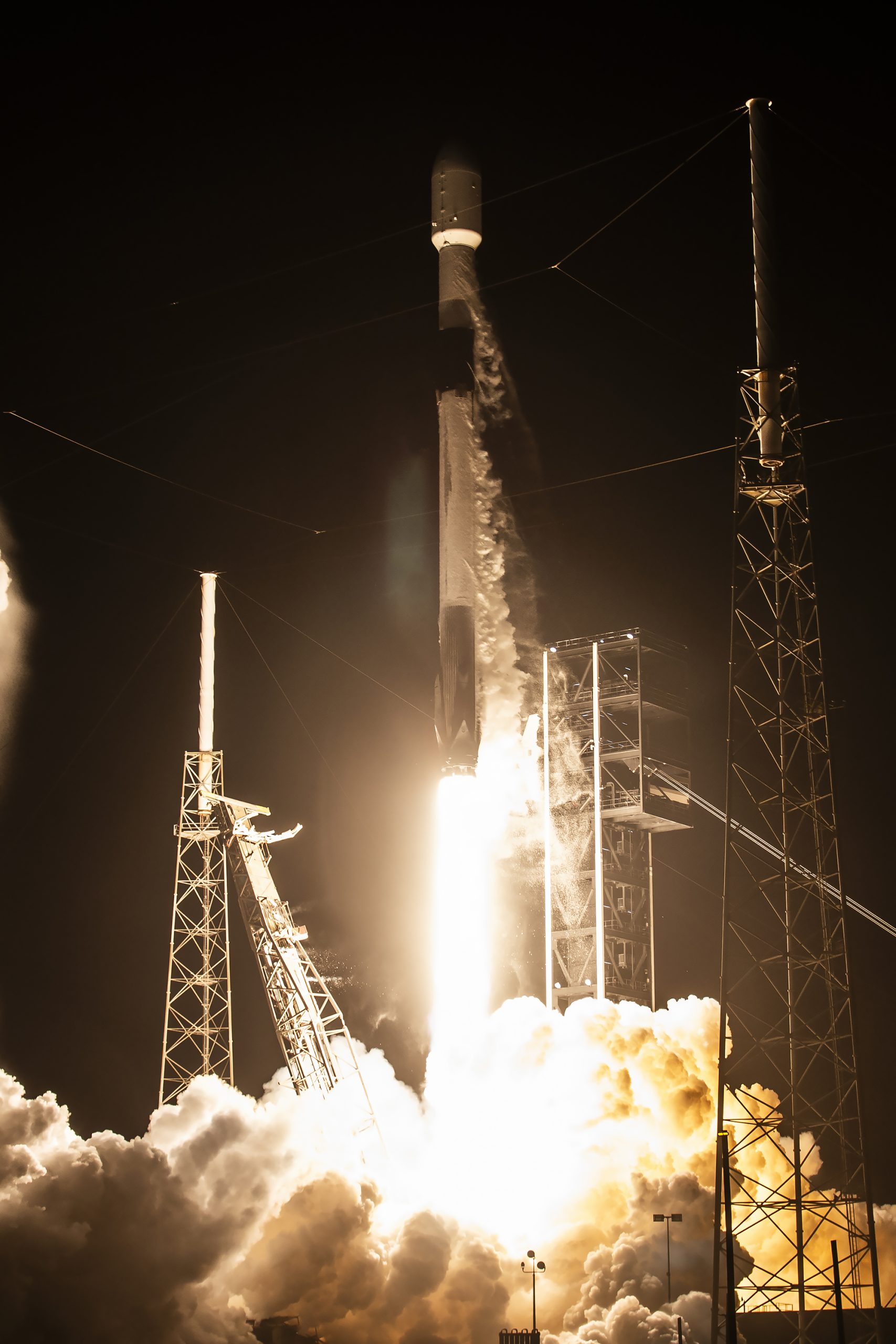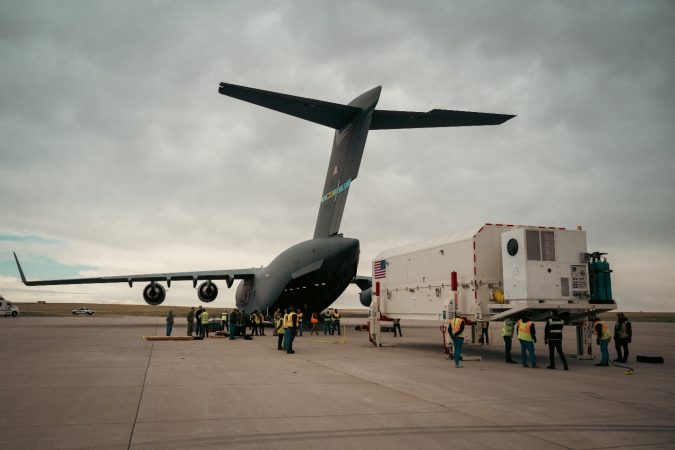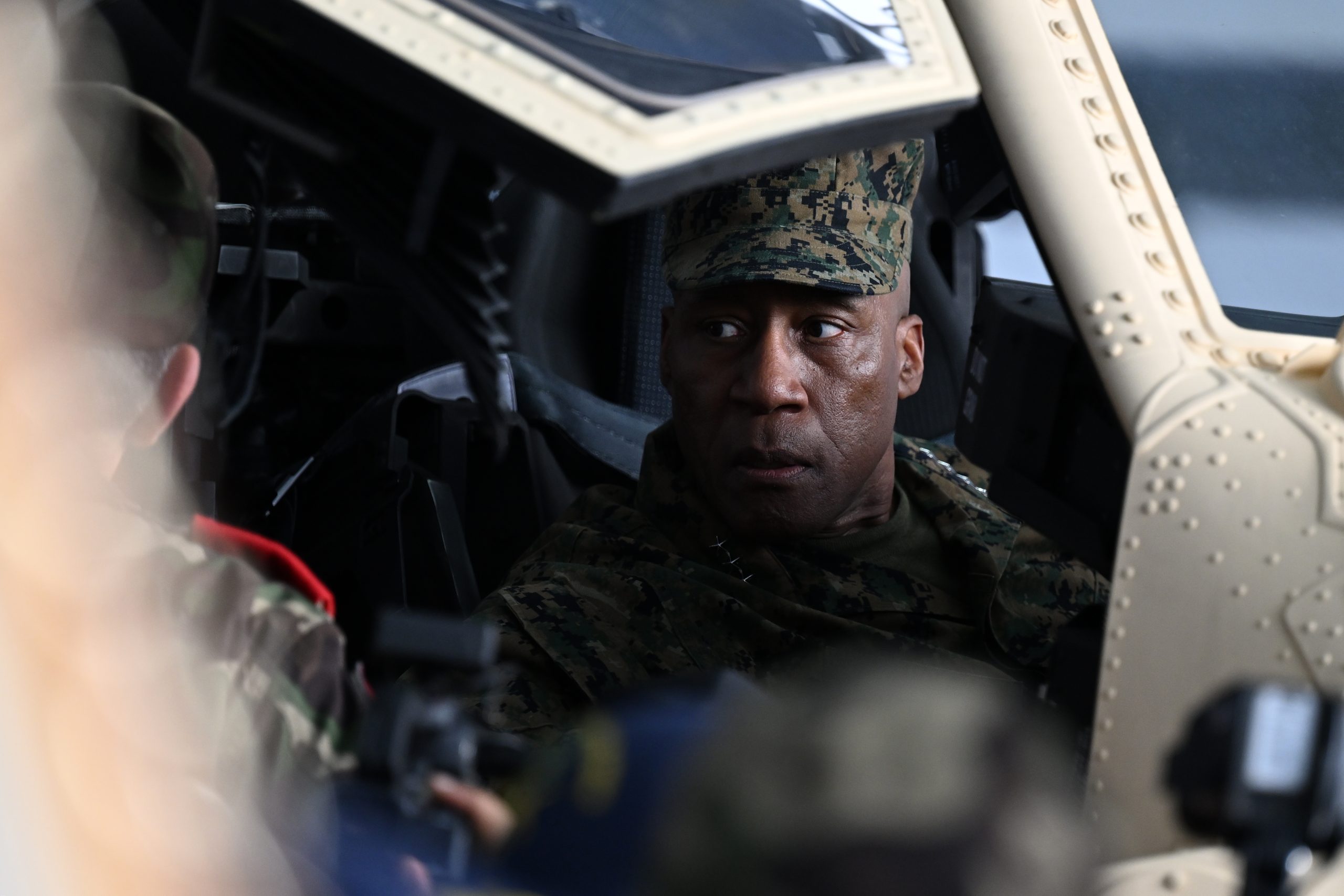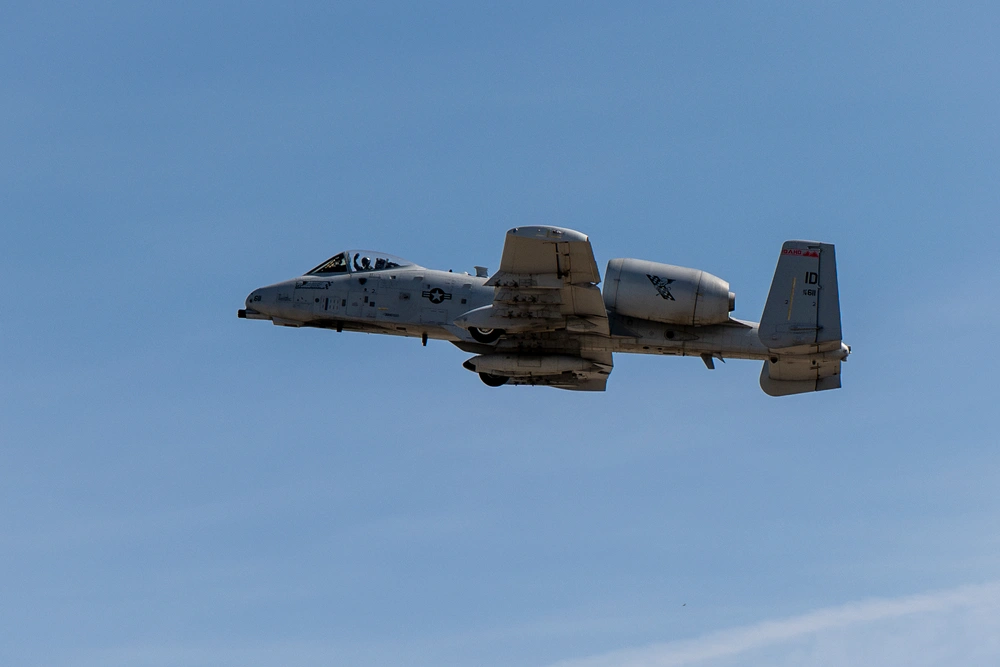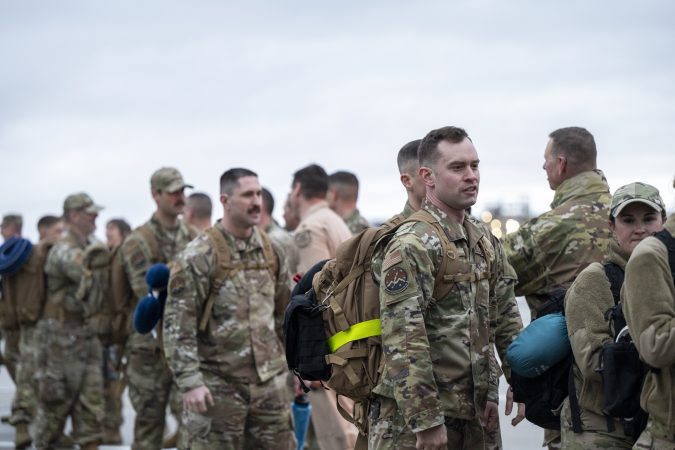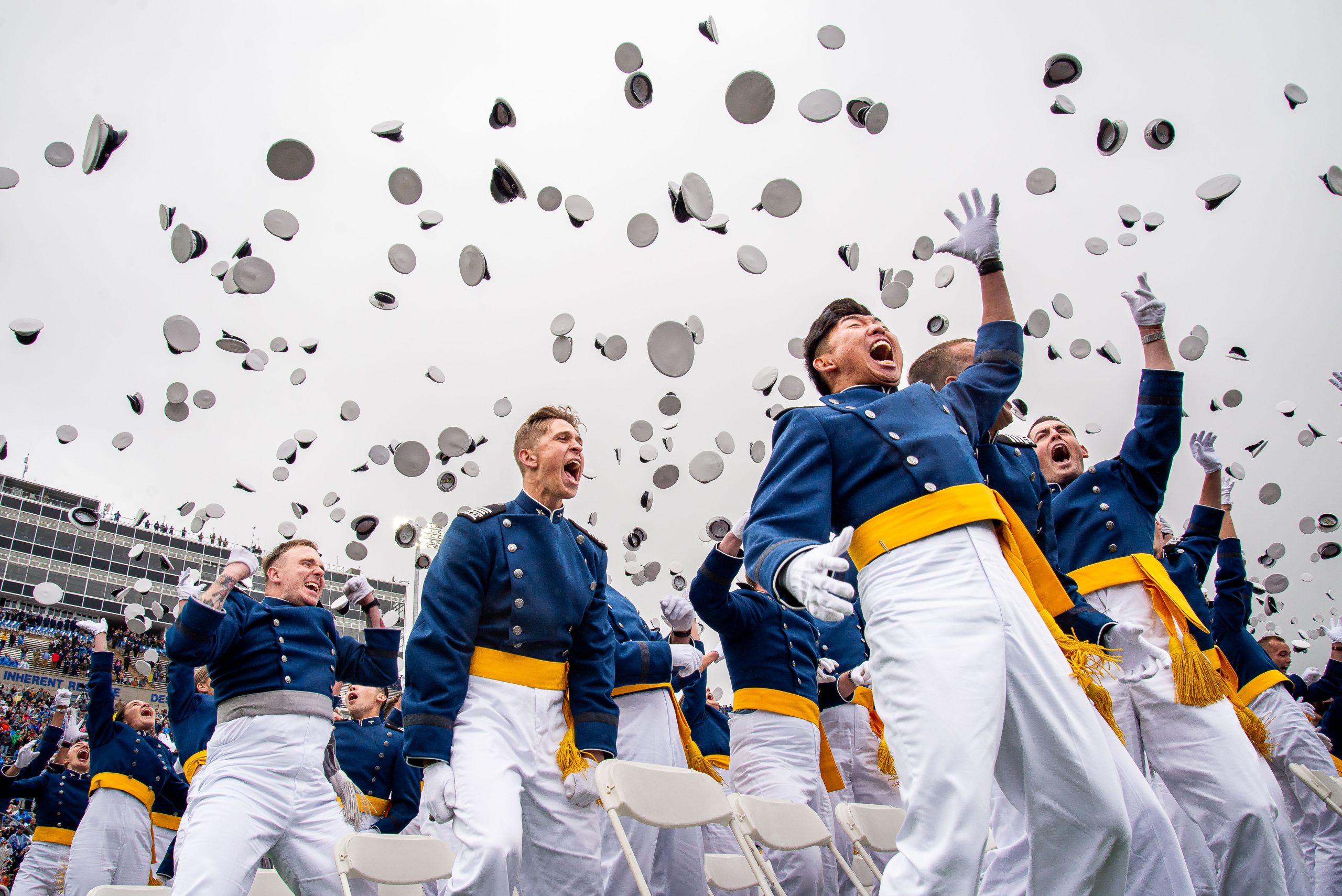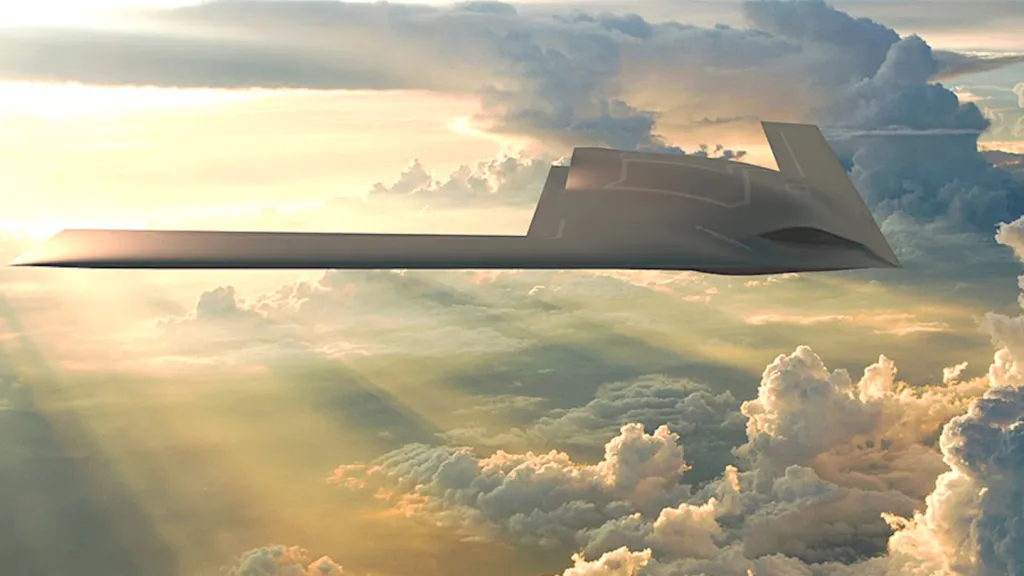The Trump administration’s proposed budget for 2026 would modestly increase Air Force spending but cut Space Force funds, according to new details published May 30.
Overall, the Department of the Air Force would receive $260.8 billion to fund the Air Force and Space Force next year, an increase of $3.7 billion, or 1.4 percent. That’s roughly half the rate of inflation for 2024, which was 2.9 percent, according to the Bureau of Labor Statistics.
The new details released by the White House’s Office of Management and Budget include only a basic outline for $893 billion in military spending. The 1,224-page document does not detail total troop numbers or specifics on weapons purchases.
The increasingly fragmented budget process in Washington makes it difficult to compare funding across fiscal years. For instance, the Department of the Air Force will receive $257.1 billion in fiscal 2025 under stop-gap spending measures that last through the end of September, or $2.4 billion more than it received for 2024. Congress tacked on another $4.5 billion for the Air Force and Space Force in April 2024 to fund their response to the war in Ukraine.
The Republican-led tax-and-spending package, dubbed “the One Big Beautiful Bill Act,” that has passed the House and is awaiting Senate action would add at least $23.5 billion for Air Force and Space Force programs starting in 2025. The two services could see billions more under the bill’s broad provisions for anti-ship missiles and military housing, for example, that don’t specify how much money each branch of the armed forces should receive.
President Donald Trump has pressed for the first-ever $1 trillion defense budget in 2026, but the means to achieve that are split between the tax-and-spending measure and the 2026 budget. Without the supplemental spending, the request is essentially flat compared to 2025.
Air Force, Space Force Details
If approved, the Air Force budget would grow to $234.4 billion in fiscal 2026, while the Space Force budget would shrink to $26.4 billion, according to appropriations bill text proposed by the White House.
The plan reflects the Air Force’s drive to update its aging arsenal to better compete with China’s increasingly large and modern force, but not the Space Force’s arguments for increased investment to keep up with growing demand from the nation’s combatant commands for surveillance, missile warning, and other key missions. It is unclear from the document how President Donald Trump’s vision for a “Golden Dome” missile-defense shield is funded in the spending plan.
“More means more options for the nation, enhanced homeland defense, strengthened deterrence, and unmatched power projection,” Air Force Chief of Staff Gen. David W. Allvin told the Senate Armed Services Committee on May 20. “With your support, we can ensure the Air Force remains the cornerstone of American power through the 21st century.”
Under the draft 2026 request, spending on personnel accounts would grow across the Department of the Air Force, covering both Airmen and Guardians. The administration said earlier in May that it sought to raise troops’ pay by 3.8 percent.
Funding for air operations and maintenance would stagnate, however, while money for space operations would see a slight boost. Procurement funding for both air and space dip slightly, as does spending on space technology development. Air Force research-and-development funds increase, however, as the service looks to make its Next-Generation Air Dominance Fighter, the F-47, a reality. Military construction spending would remain flat.
The request includes:
Air Force
- $47.5 billion for Active-duty, Air National Guard and Air Force Reserve personnel
- $75 billion for total Air Force operations and maintenance
- $54.4 billion for procurement
- $52.1 billion for research and development
- $4.5 billion for military construction
Space Force
- $1.5 billion for military personnel
- $6 billion for operations and maintenance
- $3.4 billion for procurement
- $15.5 billion for research and development
The administration signaled plans to earmark money for hurricane recovery at multiple bases, as well as funds for family housing and environmental cleanup.
OMB promised a more detailed Defense Department budget request will be released in June. A spokesperson for the Air Force and Space Force declined to provide further information.
The Air Force and Space Force’s biggest-ticket items in the reconciliation bill include $4.5 billion for the B-21 Raider bomber, $4 billion for “space superiority” initiatives, $3.2 billion to build more F-15EX Eagle II fighters, $2.1 billion for Air Force readiness packages, $2 billion for satellites that can track airborne threats, and $1.5 billion to continue developing Sentinel intercontinental ballistic missiles. It’s unclear whether that money will replace or add to spending on high-priority programs in the base budget.
